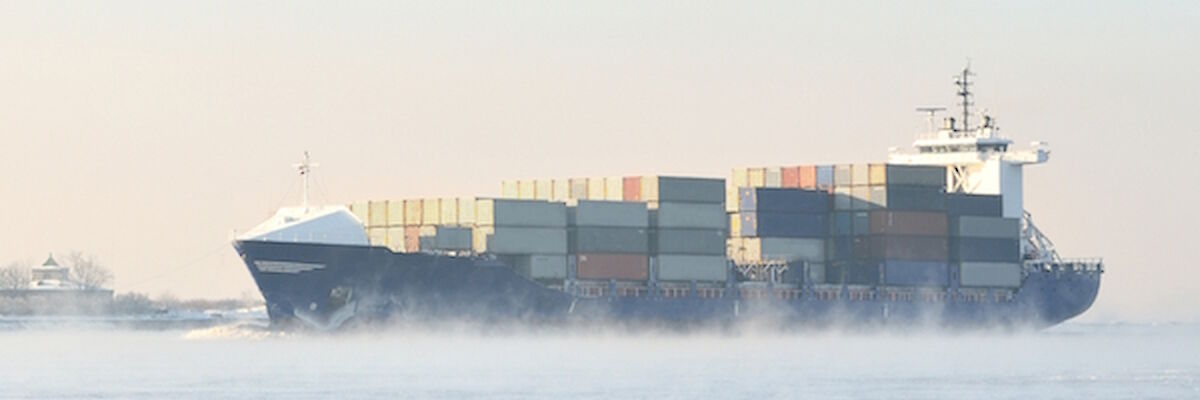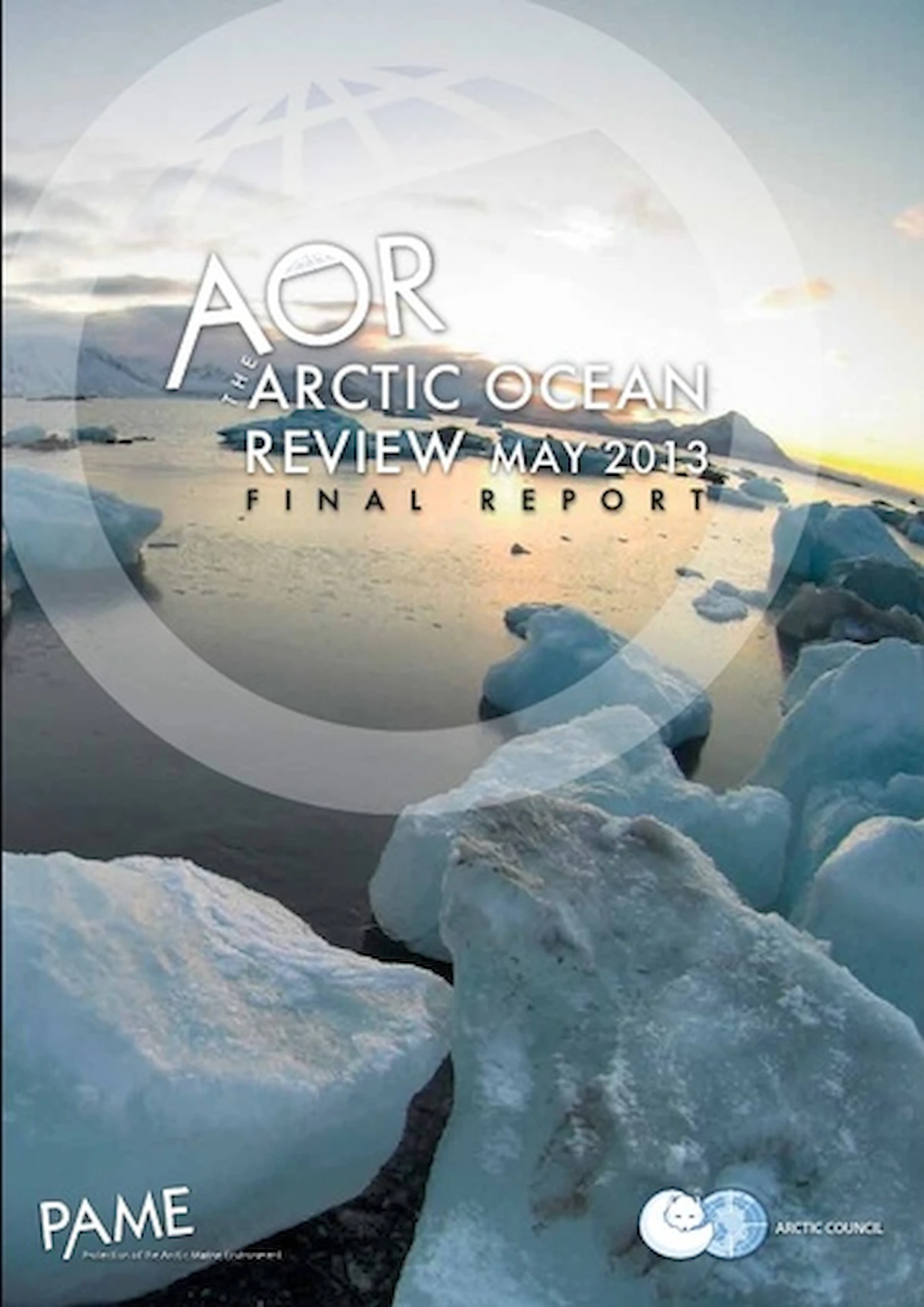
Arctic Ocean Review (AOR)
Arctic Council Ministers initiated the Arctic Ocean Review (AOR) project in 2009 under the leadership of the PAME working group to provide guidance to the Council on possible ways to strengthen governance, and to achieve desired environmental, economic and socio-cultural outcomes in the Arctic through a cooperative, coordinated and integrated approach to the management of activities in the Arctic marine environment.
Consistent with the Arctic Marine Strategic Plan (AMSP 2004), the AOR project constitutes a periodic review of potential opportunities and options to strengthen global and regional instruments, measures and arrangements in order to manage activities in the Arctic marine environment within respective sectors.
The 2004 Arctic Marine Strategic Plan which states that the Council shall: „Periodically review the status and adequacy of international/regional agreements and standards that have application in the Arctic marine environment, new scientific knowledge of emerging substances of concern, and analyze the applicability of a regional seas agreement to the Arctic.“
The AOR Final Report recognizes that some types of opportunities, for example those related to knowledge development and dissemination, are qualitatively different from actions to amend or create new legal instruments. Similarly, institutional coordination, investments in infrastructure, and improved instrument implementation and compliance efforts, also require qualitatively different processes and means to implement.
Highlighting this range of functional options allows policy makers to tailor each opportunity to the problem it is designed to address. The five functional categories observed in this AOR Final Report are:
- Coordination across Institutions
- Cooperation on Knowledge
- Adjusting Existing Instruments
- Improving Implementation and Compliance; and
- Investing in Infrastructure.
Five opportunities for cooperative actions recur across chapters:
- Finalizing and implementing the Polar Code;
- Addressing Special, Protected or Critical Areas;
- Better monitoring of the Arctic marine environment;
- Increasing understanding of the Cumulative Effects; and
- Implementing Ecosystem-based Management to address stressors in an integrated manner.
AOR Chapters
Chapter 1: Introduction
Chapter 2: Indigenous Peoples and Cultures
Chapter 3: Arctic Marine Operations and Shipping
Chapter 4: Marine Living Resources
Chapter 5: Arctic Offshore Oil and Gas
Chapter 6: Arctic Marine Pollution
Chapter 7: Ecosystem-based management in the Arctic
Chapter 8: Arctic Marine Science
Chapter 9: Recommendations
The cross-cutting and sectoral chapters analyze some, but not all, instruments to identify opportunities and tools that Arctic states could use to strengthen governance for the conservation and sustainable use of the Arctic marine environment. Each chapter identifies opportunities for consideration of the Arctic Council.
While numerous opportunities are identified, these do not necessarily constitute a comprehensive, all-inclusive list. Key recommendations for consideration by the Arctic Council appear in Chapter 9. These recommendations were developed by considering the full range of opportunities for action that appear at the end of each chapter and, from that broader range of opportunities, the selection and modification of the most important and timely actions.
 Arctic Council Working Group
Arctic Council Working Group 